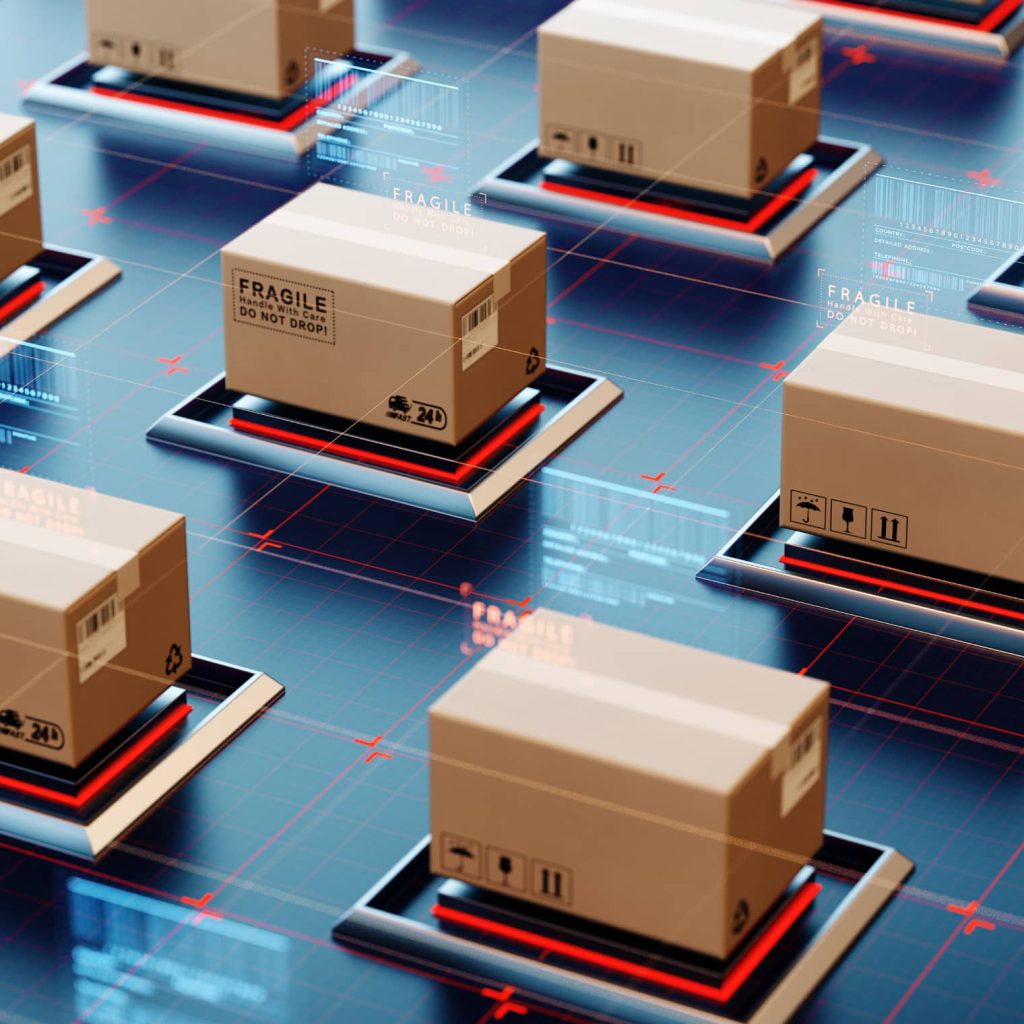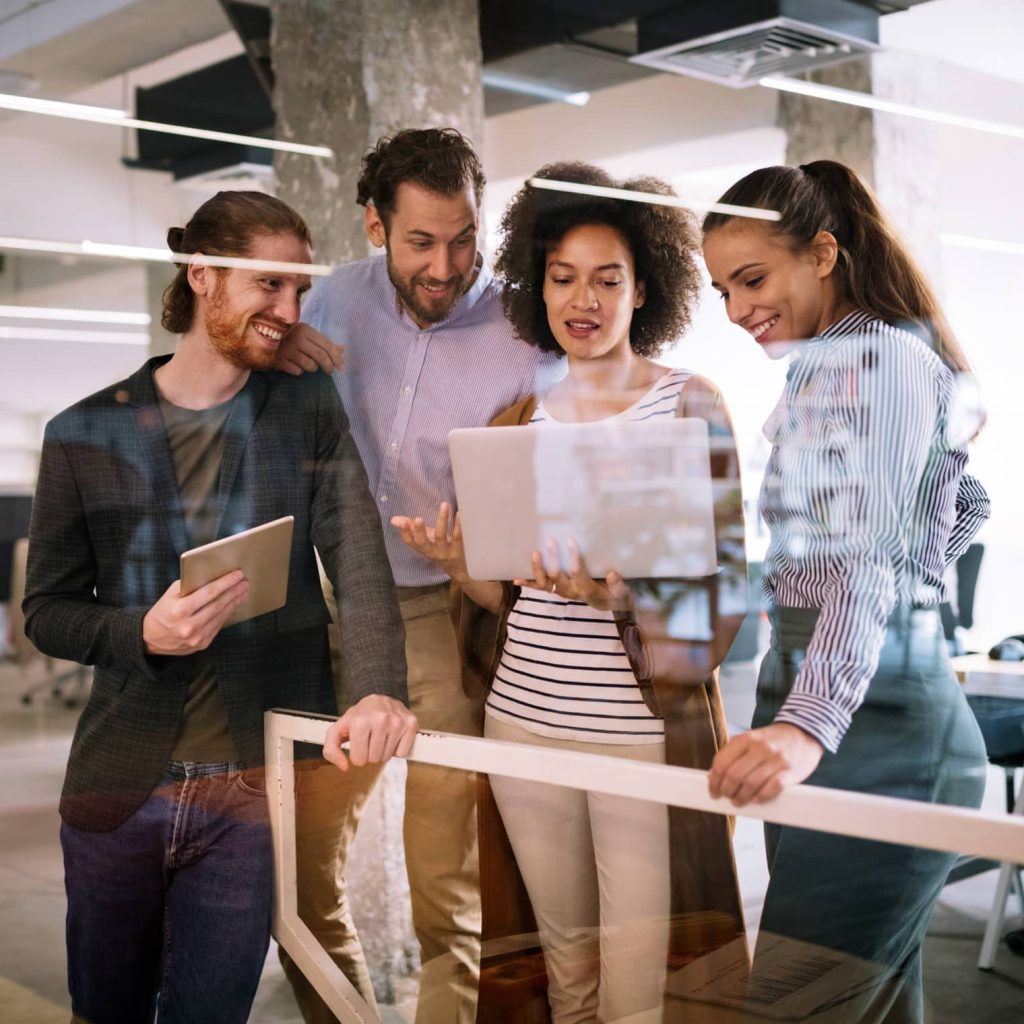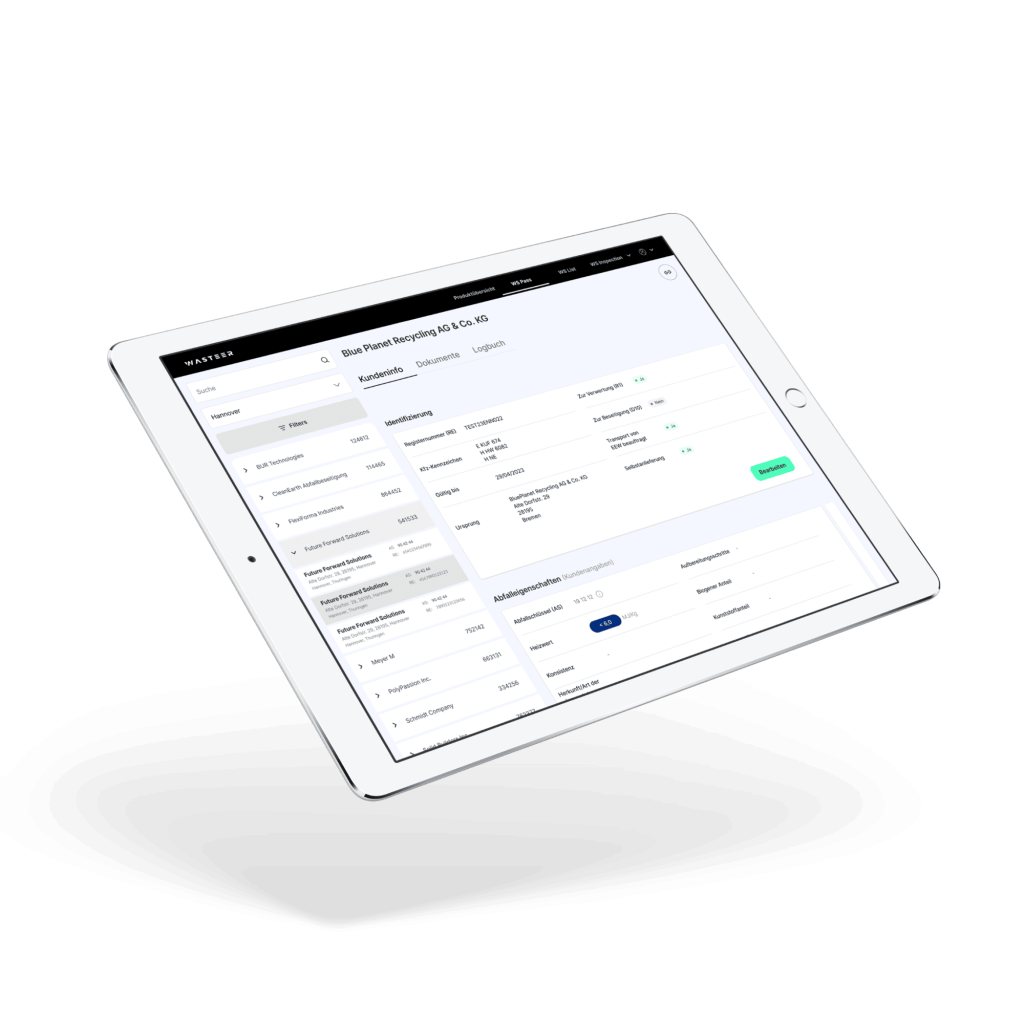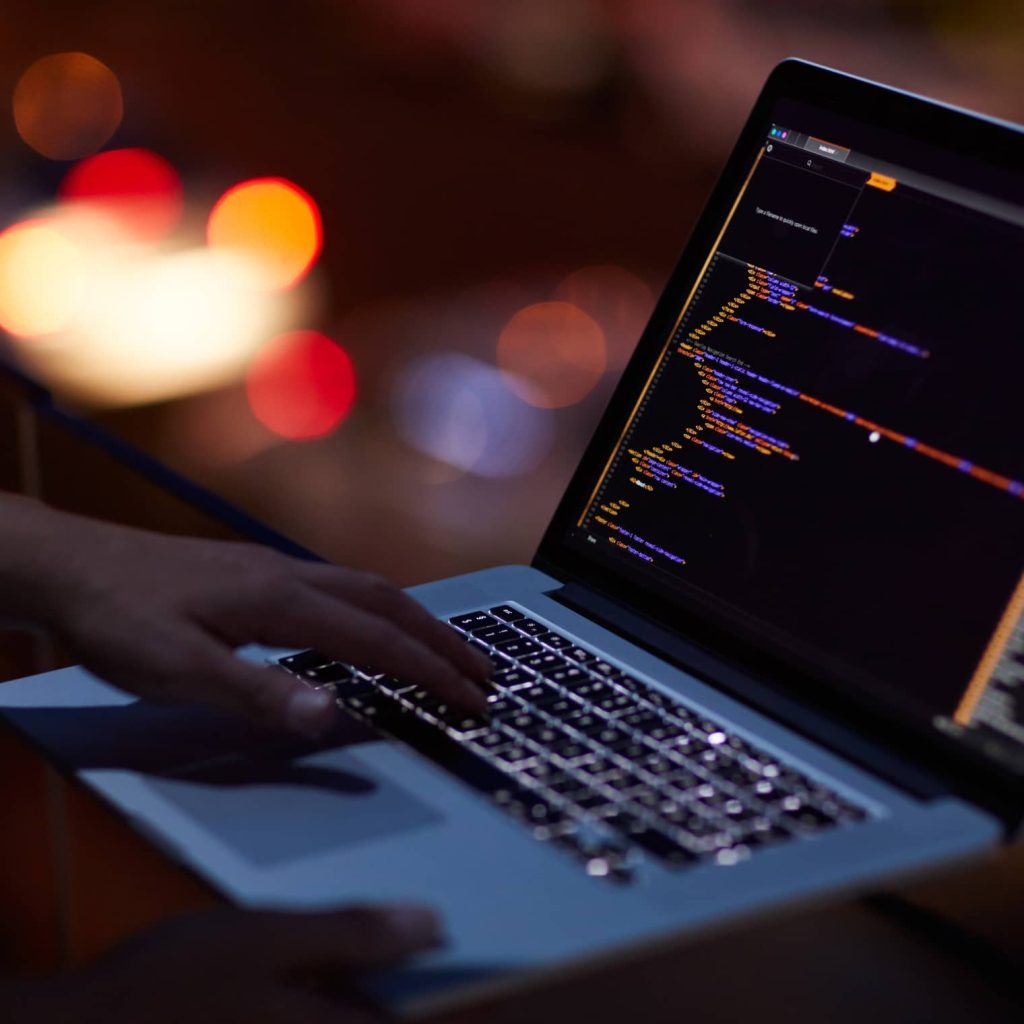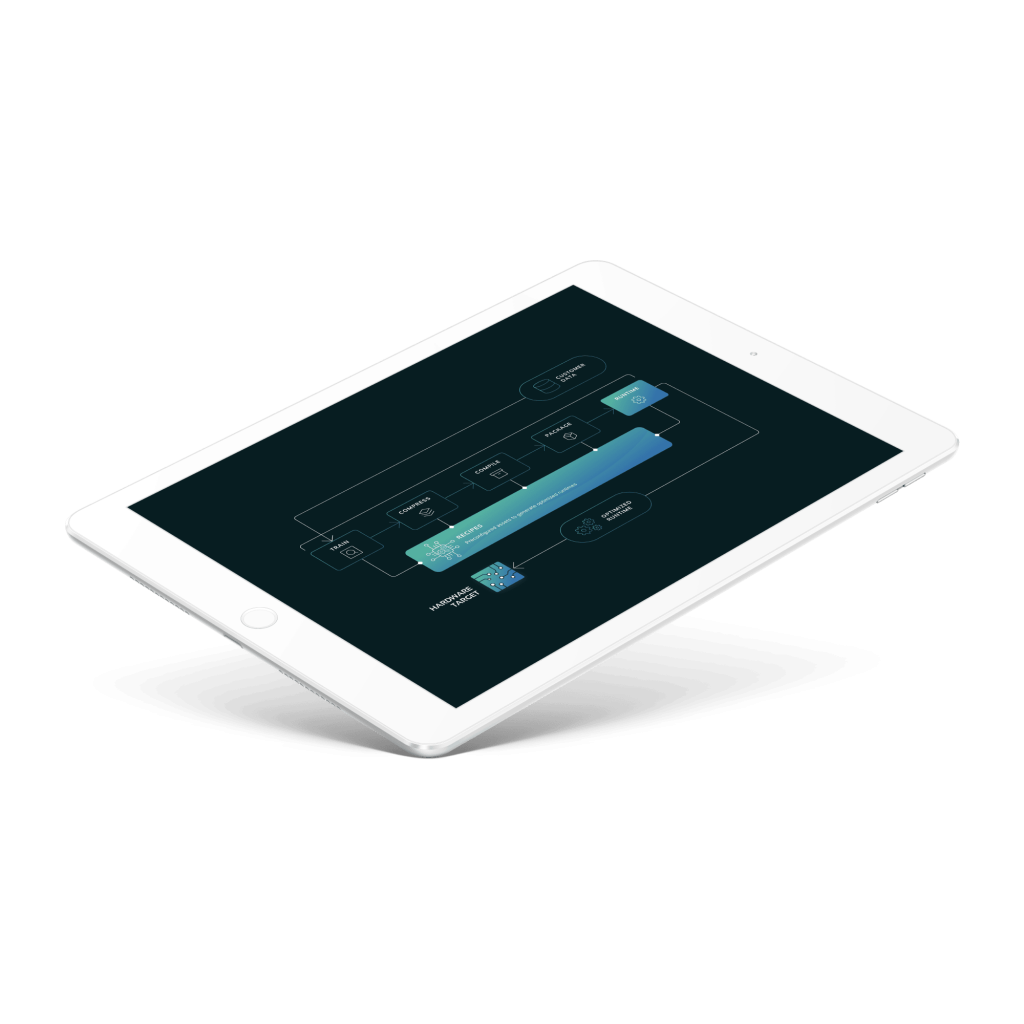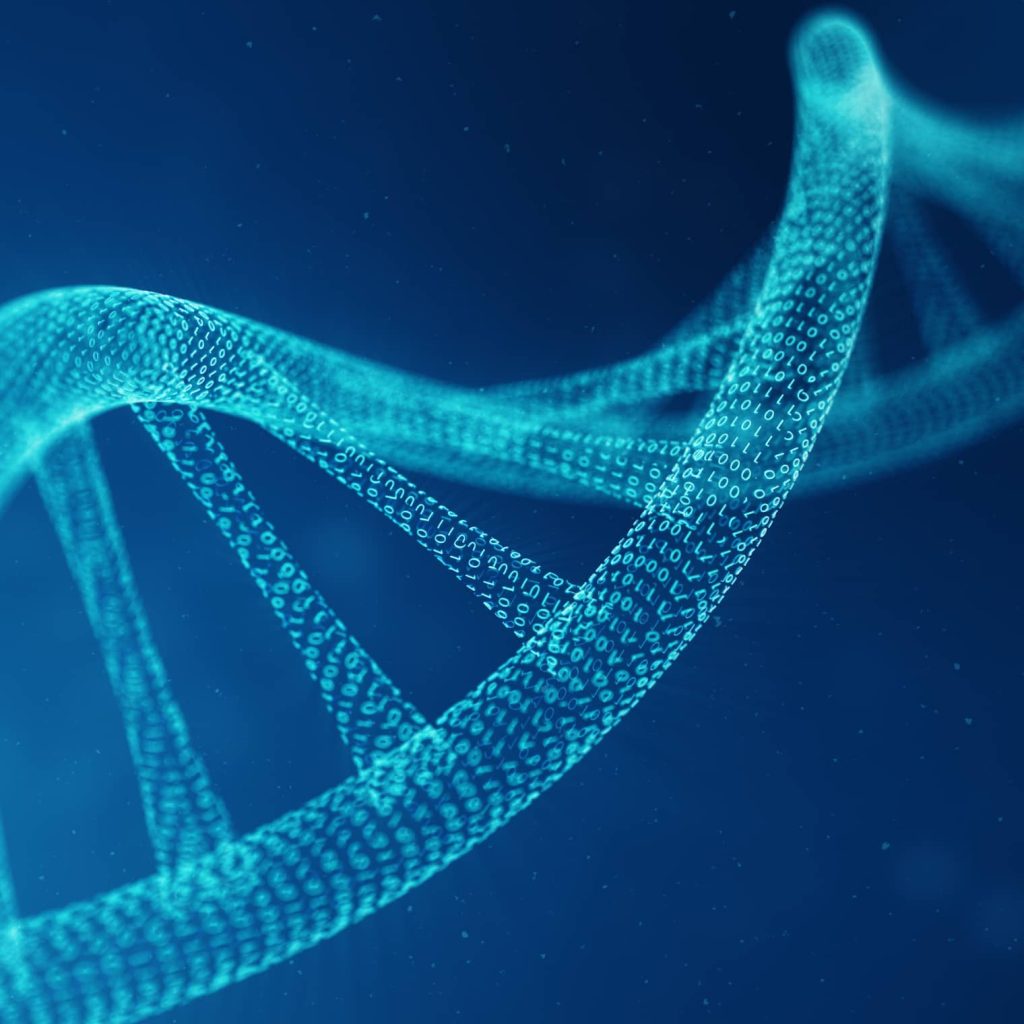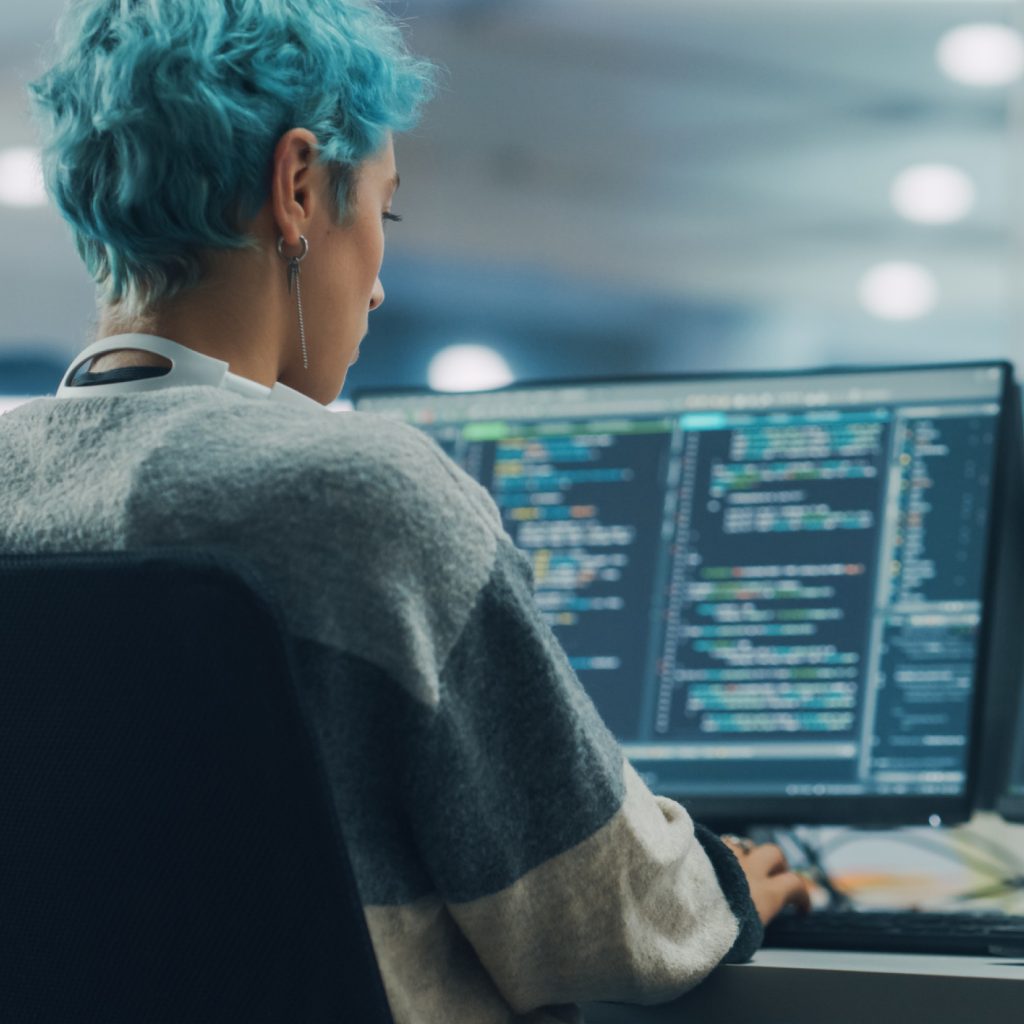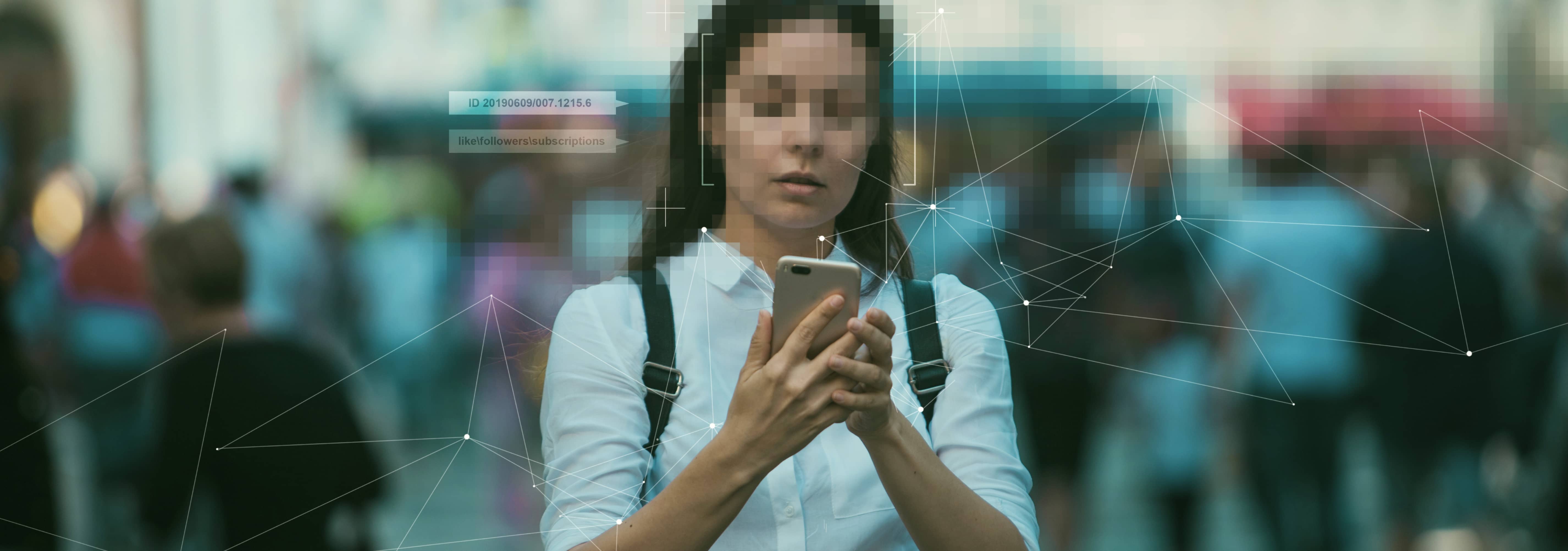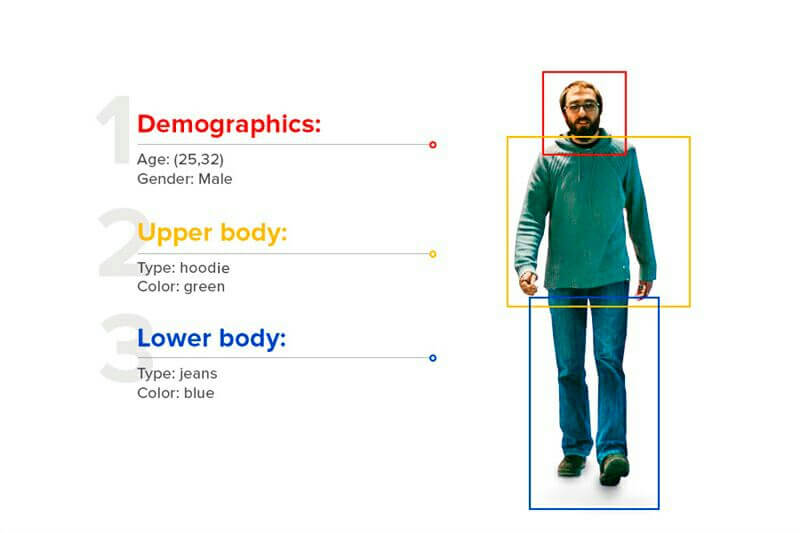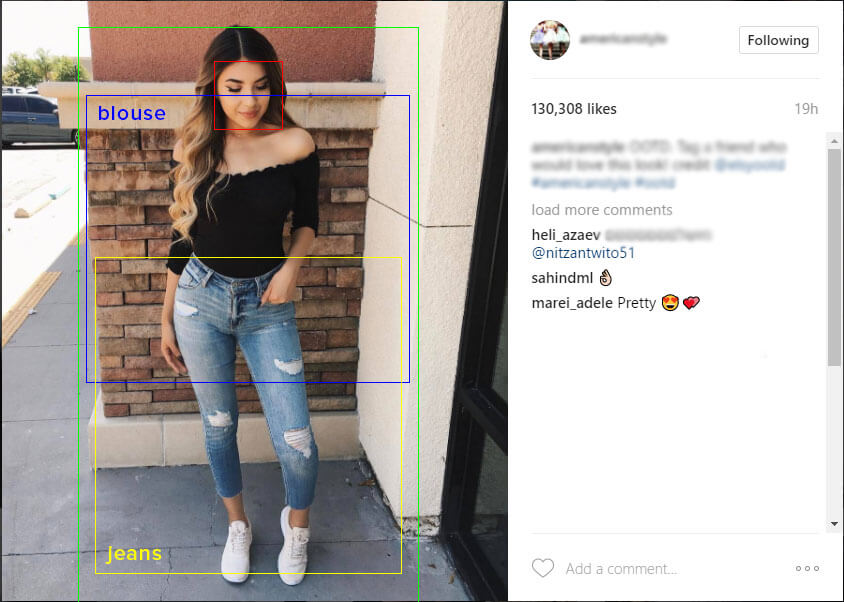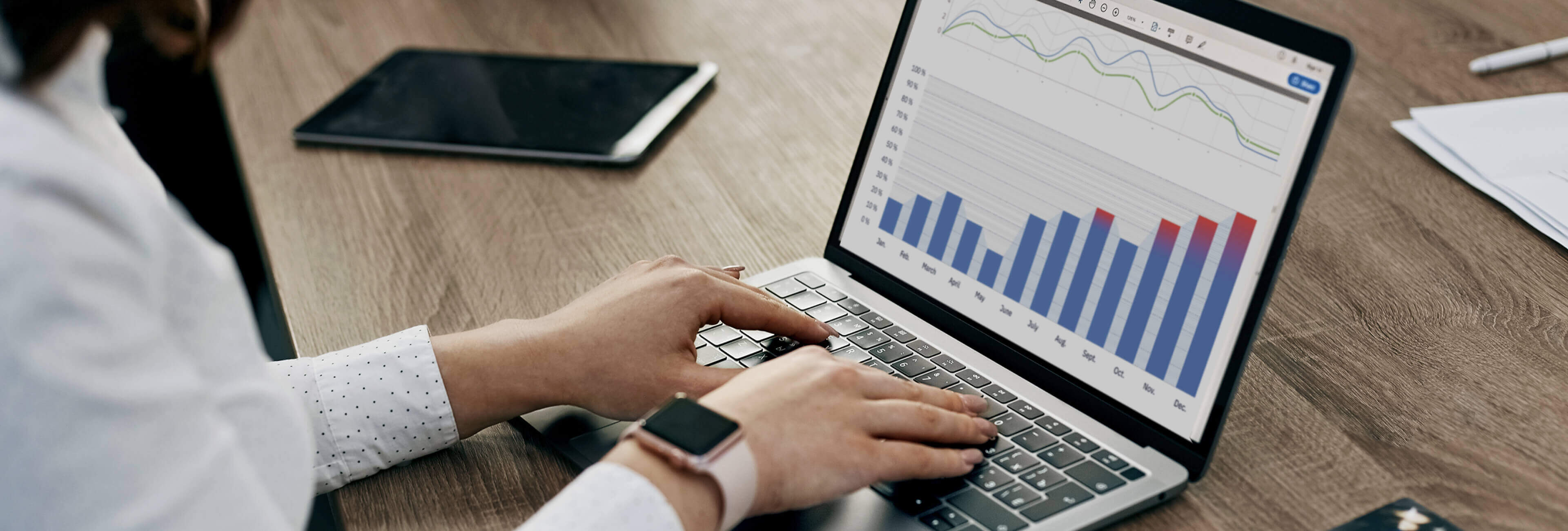According to McKinsey, data-savvy retailers have the potential to increase operating margin by more than 60%. Companies can combine data from marketing, sales, transactions, customers, etc. to identify the existing patterns and make more accurate decisions. Data science services bring diverse opportunities to businesses, allowing to reach customers and offer a smarter experience to them. But the question that remains open is how to leverage the extensive amount of data in the right way and convert it into tangible value for a company? Let’s see what may happen when fashion and technology come together.
The lack of profound insights based on reliable statistics is major challenge fashion retailers face at the moment. Here’s when machine learning, computer vision technologies and deep learning can come into play.
As the Tratica report states, the global market for computer vision hardware and software will increase from $6.6 billion in 2015 to $48.6 billion annually by 2022, and the retail industry is among the key areas that would generate the revenue coming from computer vision software and services. One of the most popular examples of computer vision we encounter every day is Facebook’s face recognition tool called “DeepFace” with 97% accuracy in detecting who’s in the image.
Trend forecasting made simple
While computer vision is still an evolving technology, it can offer some interesting opportunities for businesses to create additional value. Computer vision allows extending the power of IT to the areas traditionally handled by people so we can also speak about certain optimization and cost reduction. And the industries that can benefit from this shift are quite diverse, including transportation, healthcare, entertainment, retail, and many more.
So, how exactly is computer vision instrumental to retail? The information about what people wear now, how customers match garments, and what/who influences their tastes is essential for fashion retailers. Image recognition technology not only helps business owners collect data but also process it and gain some actionable insights for effective trend forecasting. Such AI-powered solutions give retailers an opportunity to gauge the upcoming trends for years in advance, significantly reducing the surplus sell.
Knowing what is and will be on-trend, businesses can deliver exactly what shoppers look for. So, they can build a long-lasting relationship with their clients and gain a competitive advantage on the market.
We at ELEKS have already done some experimenting with cognitive technologies before, tapping into neural transfer technologies for apparel design.
This time, we decided to test the case with computer vision applied to apparel analysis. Our Data Scientists created a model to enable visual recognition of visitors’ clothing in-store. This solution allows to track and analyze what people wear using multiple resources: video recordings, social media accounts, images, etc. These help the retailers to gain valuable insights for trend predictions.
A brief technology solution overview for the geeks
To write code for a computer vision module based on a 152-layer residual neural network (NN), we used TensorFlow, an open-source software library, for machine intelligence developed by Google. After its release in 2016, TensorFlow became quite popular among data scientist as its flexible architecture allows one to solve difficult mathematical problems and deploy computation to one or more CPUs or GPUs in a desktop, server, or mobile device with a single API.
To train the machine to recognize the clothes, we took a dataset with nearly 300,000 garment images and up to 23 apparel categories and 203 colour palettes.
As a result, the software we created is capable of analyzing a video stream from the store camera, detecting people and their demographics (gender, age) and categorizing their clothes by types and colours.
To test our model, we installed a camera in ELEKS’ office corridor. We wanted to see if the tool could pick out any trends in the way our employees dress to work. Below, you can see an example of a snapshot taken from our model at work.
We have a custom dashboard to display statistics. It aggregates data and provides informative insights into trends and shoppers’ preferences:
For example, a business owner or a manager can gain access to data concerning what people are wearing in the fashion-forward areas of the U.S., such as the East and West Coasts compared to the other regions, such as the Mid-West, South, etc.
At the bottom of the image, you can notice the graph showing the predictions of how popular jeans and t-shirts would be over the next five months. This kind of insight can help fashion retailers plan sales and avoid any surplus.
The great thing about the solution is that it can be used to analyze various visual content, including images from social media. For example, it can scan Instagram (Facebook, Twitter) accounts of the trendsetters and opinion leaders in the fashion industry and discover what they wear to make predictions about upcoming trends.
In the future, we are planning to enhance the functionality of the tool and create an algorithm to investigate the customer's behaviour in a store, e.g. what the client glanced at, what he/she already try on, what the customer picked up but then put aside, etc. The data would give one an understanding of what exactly influenced the consumer choice and how purchasing decisions are made.
Why retailers should give computer vision a try
Data analytics is changing the way things are done in multiple industries, and fashion retail is no exception. In today's highly competitive business environment, advanced technologies, such as computer vision, are becoming more of a necessity than an accessory. There are things such as demand and trend forecasting, pricing optimization, risk mitigation, performance boost, and customer identification to name just a few of the benefits for retail.
Gathering demographic data and economic indicators can help retailers outline the spending habits of customers and avoid seasonal discounts or surplus sales in the future. Moreover, it will allow making product recommendations more accurate and personalized. Thanks to useful insights, business owners can make the necessary adjustments in the products and services, transform their marketing strategies, and respond to the needs of the most demanding audiences, such as Millennials or Generation Z.
Last but not least, remaining data-driven is about leading and setting the pace in the industry. Accurate predictions mean higher profit margin and more quality service — that is the ultimate goal of every business.
Computer vision technology and deep learning can completely transform businesses and bring them a competitive advantage in the market. But like any tech solution, its successful implementation requires right people, processes, and technology in place. ELEKS' team can provide you with in-depth consulting and hands-on expertise to help your business benefit from these technologies. Get in touch to learn more.
Related Insights
